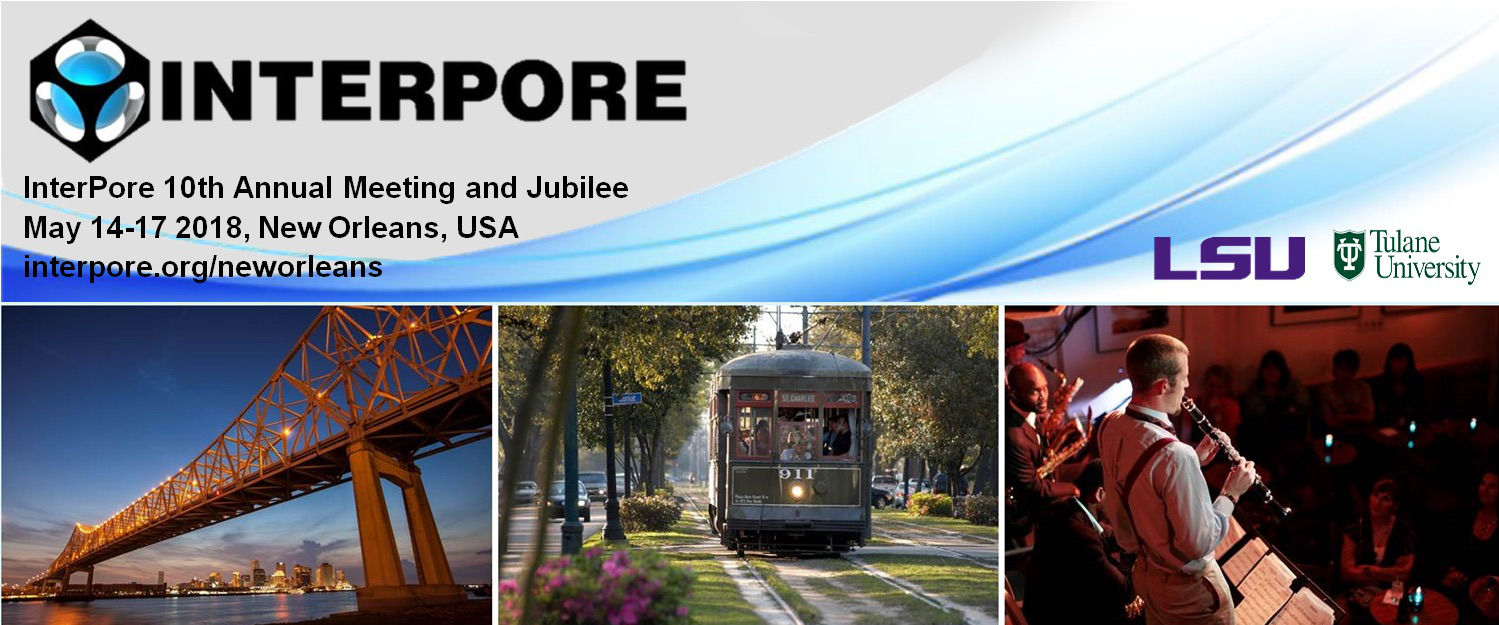Speaker
Description
CO2 sequestration in subsurface often suffers from poor volumetric sweep efficiency due to low gas viscosity, low gas density, and formation heterogeneity. This study aims to investigate CO2 mobility control techniques of Water Alternating Gas (WAG) and Surfactant (or Nanoparticle) Alternating Gas (SAG) to increase CO2 storage capacity in Cranfield Field, Mississippi via field-scale simulations and characterize key parameters critical to long-term CO2 storage success through optimizations.
A parallel compositional simulator (IPARS) is used to accurately capture the underlying physical processes, with a field scale numerical model, over the desired time-span. A hysteretic relative permeability model enables modeling local capillary trapping. Foam-assisted CO2 mobility control technique is examined with an implicit texture foam model to investigate the eminent level of CO2 capillary trapping. A multipoint flux mixed finite element (MFMFE) method is used for spatial discretization of the compositional flow model. It can handle complex reservoir geometries using general distorted hexahedral grid elements, as well as satisfy local mass conservation and compute accurate phase fluxes. The WAG and foam injection process are further optimized for injection bottom hole pressure, number of cycles, length of the cycles, and foam properties via GA (genetic algorithm) in UT optimization toolbox.
Field scale simulations indicate that CO2 storage volume increases by 15% and 24% compared to continuous CO2 injection- during WAG and foam processes, respectively. During SAG process, foam is generated in the high permeability streaks and upper layers with higher CO2 flow rates and diverts the CO2 flow into low permeability regions and bottom layers, leading to more efficient areal and vertical sweep efficiency. The optimized foam process saved 60% water and surfactant consumption comparing to the base case foam process while achieving same CO2 storage volume.
| Acceptance of Terms and Conditions | Click here to agree |
|---|


